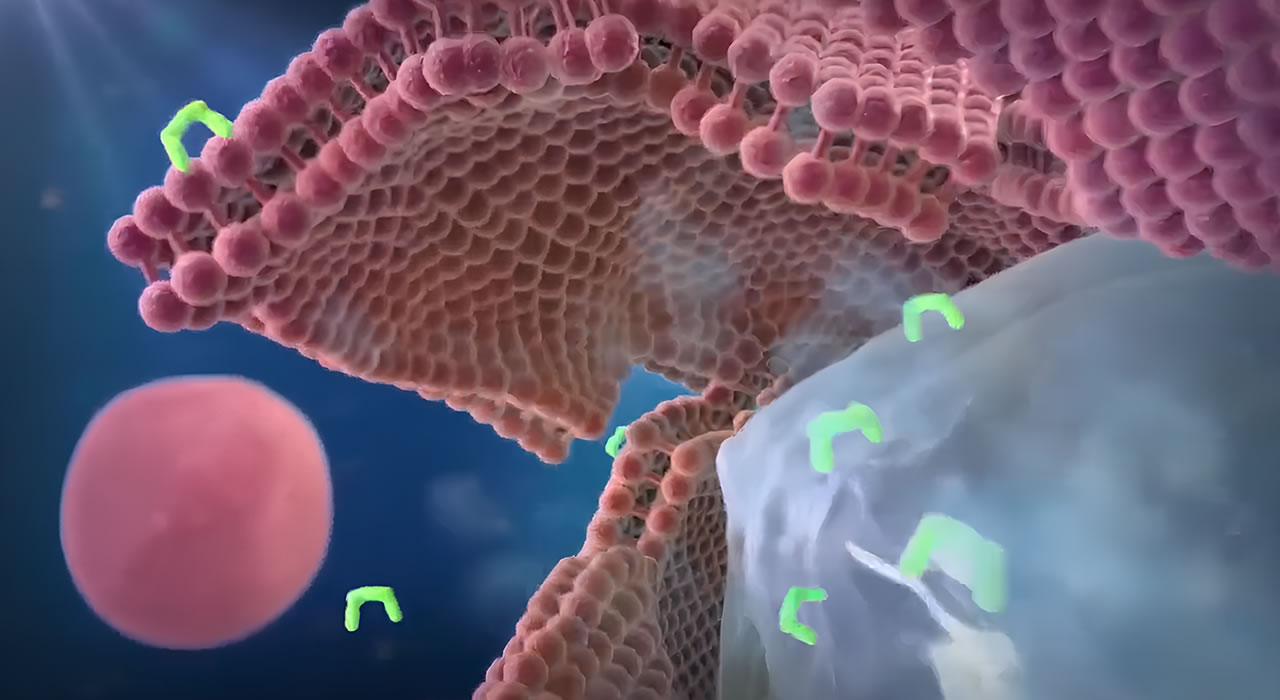The History of Chlorhexidine

1950s
Chlorhexidine is discovered in the UK during the research and creation of anti-malarial agents.1

1954
The Imperial Chemical Industries, Limited publishes their findings in an article illuminating the potential of chlorhexidine.1

1954
Chlorhexidine digluconate is first released commercially in the UK as a disinfectant and topical antiseptic.1

1970s
Chlorhexidine is introduced in the U.S. Published studies show impact on handwashing with Chlorhexidine, shown to reduce skin flora by up to 92%.1

1976
Chlorhexidine's promise as an oral agent is first recognized as it demonstrates the ability to inhibit the formation and development of plaque.1

1988
The first chlorhexidine and alcohol skin preparation combination is launched in the U.S.1

1990
The first chlorhexidine-based vascular access catheter, Arrowg+ard Blue™ Technology, becomes commercially available in the U.S.
It is impregnated with chlorhexidine and silver sulfadiazine.2

1993
The first chlorhexidine sponge dressing is cleared by the FDA.1

2000
Arrowg+rd Blue Plus™ Antimicrobial Protection launched in the U.S.3

2002
CDC Recommends use of antimicrobial CVCs.4

2011
CDC Guidelines state antimicrobial CVCs as a Category 1A recommendation and maximal barrier precautions as a Category 1B.2

2012
Arrowg+ard Blue Advanced™ Technology 510k Antimicrobial and Antithrombogenic Protection.3

2014
SHEA Guidelines recommend antimicrobial-impregnated CVCs.4

2024
INS Guidelines Highest Evidence Rating (I) designated for use of antimicrobial catheters to reduce risk of CLABSI.5





